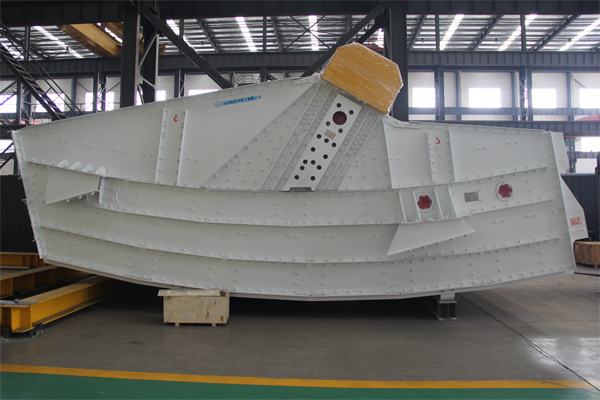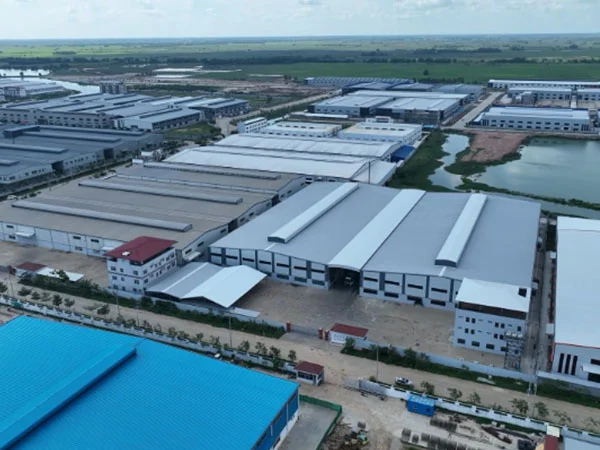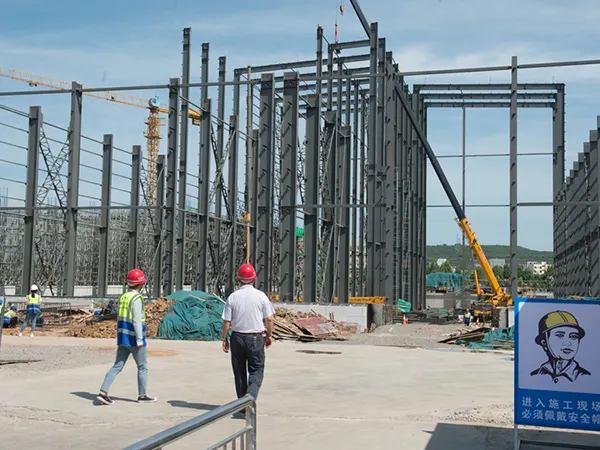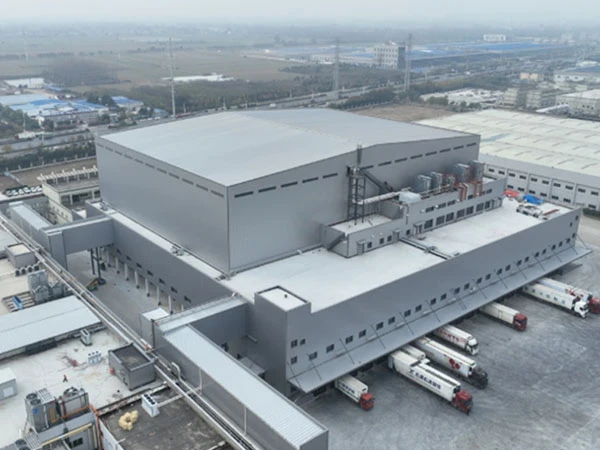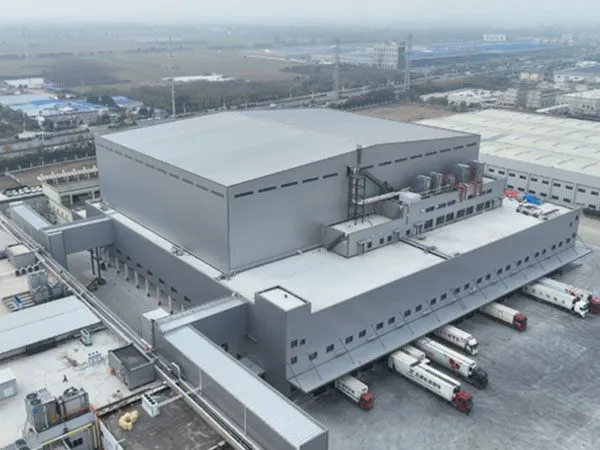В высококонкурентной цементной промышленности, максимизация энергоэффективности при сохранении высокого качества продукции является главным приоритетом. Шлифовальные валки высокого давления (HPGR) стали технологией, меняющей правила игры, помощь цементным заводам в достижении превосходной производительности измельчения, более низкое энергопотребление, и повышение производительности.
Применение мелющих валков высокого давления в цементной промышленности

Что такое шлифовальные валки высокого давления?
Измельчающие валки высокого давления — это инновационные машины, предназначенные для измельчения сырья между двумя вращающимися в противоположных направлениях валками под экстремальным давлением.. В отличие от традиционных шаровых мельниц, HPGR вызывают микротрещины в цементном клинкере, что улучшает измельчаемость и обеспечивает более тонкую, более реактивный продукт. Эта технология особенно эффективна для современных цементных заводов, которым необходимы как эффективность, так и качество..
Ключевые преимущества HPGR при измельчении цемента
1. Энергоэффективность
Технология HPGR может снизить потребление энергии до 30% по сравнению с обычными системами измельчения, что делает его экологически безопасным выбором для производителей цемента, стремящихся снизить эксплуатационные расходы и выбросы углекислого газа..
2. Улучшенное распределение частиц по размерам
Уникальный механизм дробления HPGR обеспечивает более однородный размер частиц., что повышает реакционную способность цемента, ускоряет гидратацию, и в конечном итоге повышает прочность и долговечность бетона..
3. Снижение затрат на техническое обслуживание и эксплуатацию
HPGR вызывают меньший износ мелющих тел и компонентов машины.. Это приводит к снижению затрат на техническое обслуживание и продлевает срок службы шлифовального оборудования..
4. Более высокая пропускная способность и производительность
Машины HPGR могут эффективно обрабатывать более высокие нагрузки материала., помогая предприятиям увеличить общий объём производства без ущерба для качества продукции.
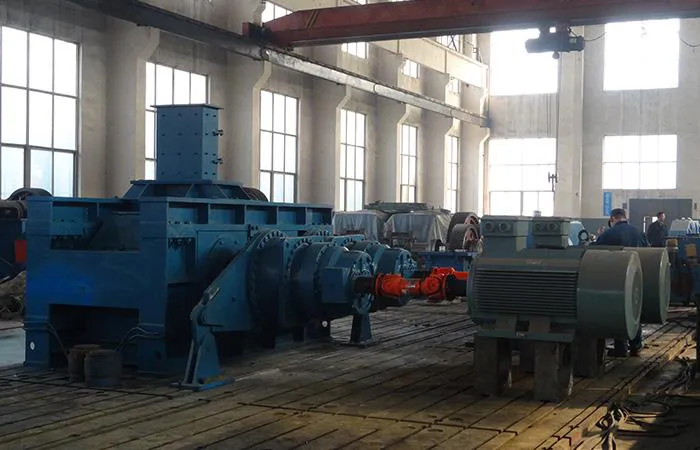
Почему все больше цементных заводов выбирают HPGR
Интеграция HPGR в контур измельчения цемента дает ряд преимуществ.:
Повышение эффективности производства без ущерба для качества цемента
Снижение энергопотребления и снижение воздействия на окружающую среду
…
Для получения более подробной информации о том, как измельчающие валки высокого давления могут повысить эффективность измельчения цемента., пожалуйста, нажмите, чтобы посетить:https://www.zymining.com/en/a/news/application-of-high-pressure-grinding-rolls-in-the-cement-industry.html


